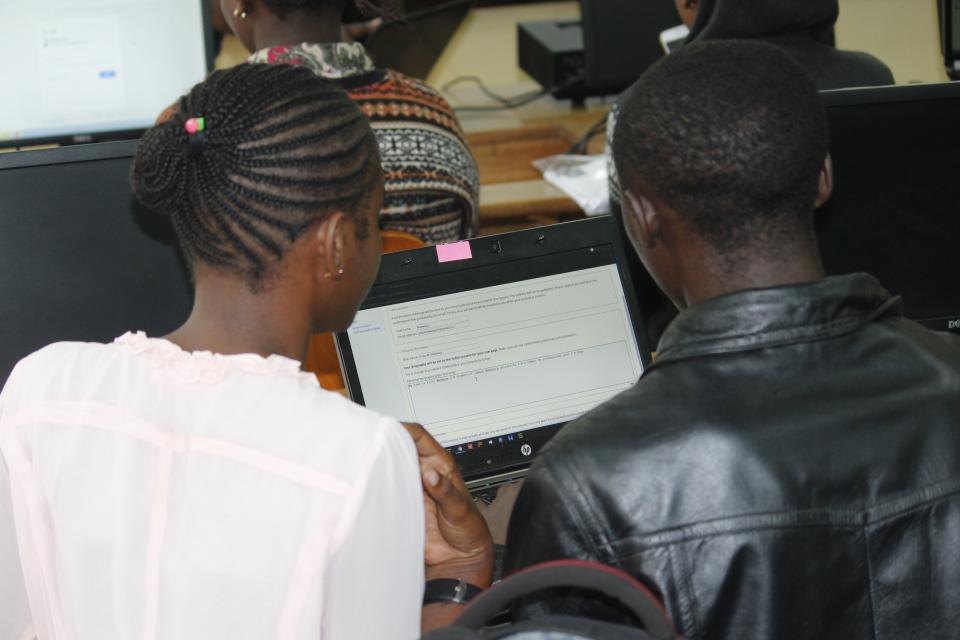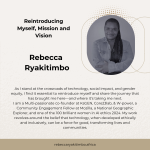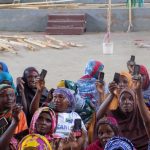
Does Technology have a gender?
Have you ever wondered if technology has a gender? And if it does, is it female or male? We can refer to technology being genderless, but often favors one gender over another. Women are often left behind even though many technologies are given feminine names like Alexa and others, does this have any effect on technology? Creating integrated technology forces us to answer these questions and find solutions to ensure technology does not leave any person or group behind.
In voice technology, researchers have identified the existence of gender challenges, for example, voice technology does not represent everyone’s voice and differences so sometimes these systems fail to recognize certain sounds especially in terms of gender and different accents. What contributes to these challenges? In Mozilla’s Common Voice project, we were able to address some of the challenges that researchers have identified.
Lack of integrated and transparent data, means the absence of data representing both genders in order to eliminate discrimination in voice recognition of different genders.Open data is data that is free and available for everyone to use and republish as they please, without restrictions such as copyright for voice data search.
Voice technologies recognize more men’s voices than women’s voices. This is also due to the lack of inclusive data that is gender sensitive. A research by Tatman published by the North American Chapter of the Computer Linguistics Association (NAACL) shows that Google speech recognition is 13% more accurate for men than women.
Access and affordability of the Internet for different genders can also impact adaptation and use of technology, in developing countries many women are unable to access technology. Access comes in two forms: access to devices and access to the technology, so they are unable to use the Internet. In many countries, especially in Africa, the cost of the internet and access devices are high, so many women with low-incomes are forced to choose between eating or paying to connect to the internet. This is because many voice technology solutions require sufficient bandwidth which many cannot afford.
Gender-based harassment in AI bots, a study by Leah Fessler of Quartz’s found that most AI bots responded either with gratitude or acceptance to sexually assaulting statements. This has changed in 2020 but still leaves a lot of room for building gender stereotypes. The study revealed this after examining how Siri and Alexa responded to issues of sexual harassment and abuse.
Digital literacy, lack of digital education contributes to the challenges in the adoption and use of voice technology, with many women in developing countries lacking digital skills and thus failing to use voice technology. 50% of women in rural areas said they did not use the internet because they did not know how. 45% of women in urban areas said the same.
Trust also contributes to the lack of gender-integrated technology, as many ask themselves questions about the privacy of their information as well as the ability to keep their information secure. There are concerns around increased surveillance, bias, and discrimination as well as data governance that shape the levels of trust for women and gender diverse people. UNESCO recommends that AI should address issues of consent and confirmation of ethical use of data, privacy and security for women and girls.
How many of us are aware of the gender statistics of teams of engineers and technicians who specialize in various technologies, especially voice? Can we say for example how many Google engineers are women and how many are men? The absence of these data contributes significantly to the threat of gender inequality, as we cannot determine whether the ideas and needs of the opposite sex are integrated into the development of different technologies.
The reality is that technology is gender-neutral, public property and if we respect this, we will be able to create technology that cares for everyone and access it according to their needs. In December, we launched our gender action plan that will guide us to ensure that we do not promote gender segregation in our activities. Join us to grow the language of Kiswahili in voice technology and making sure that this technology is inclusive to all genders.




